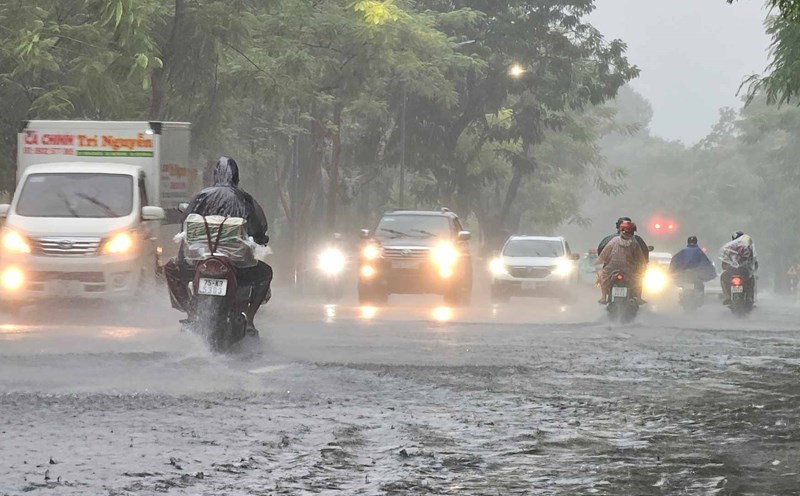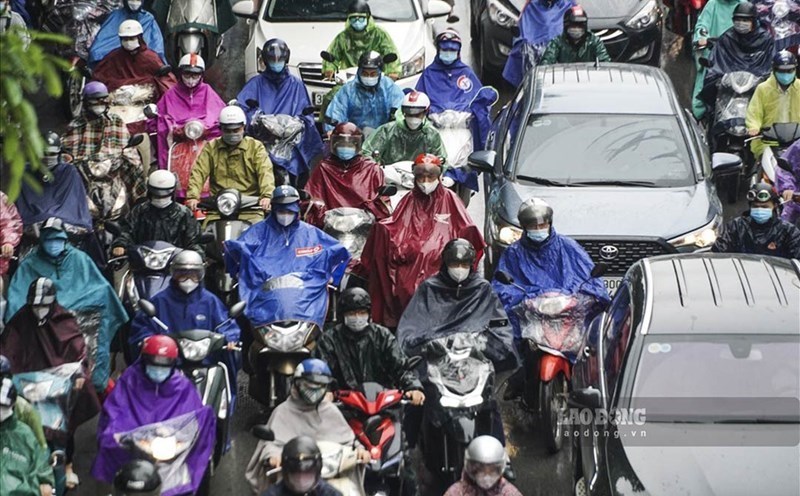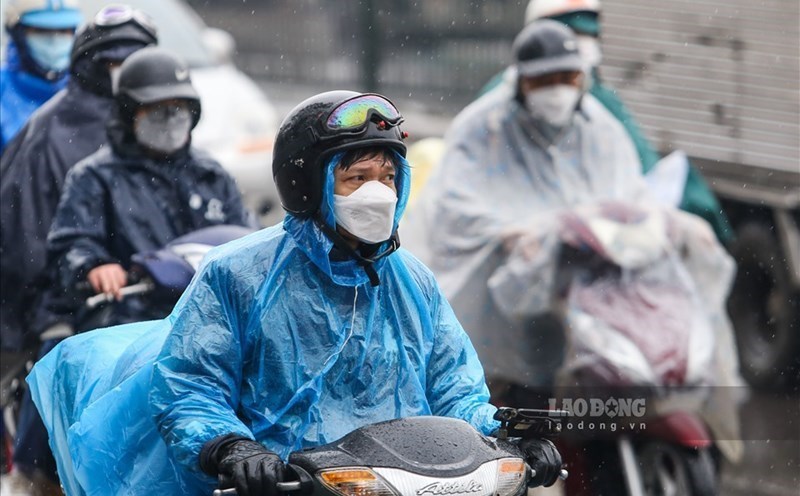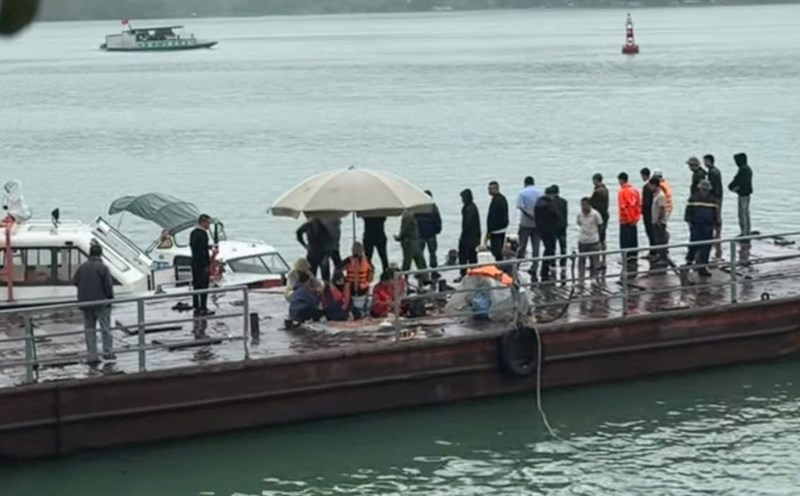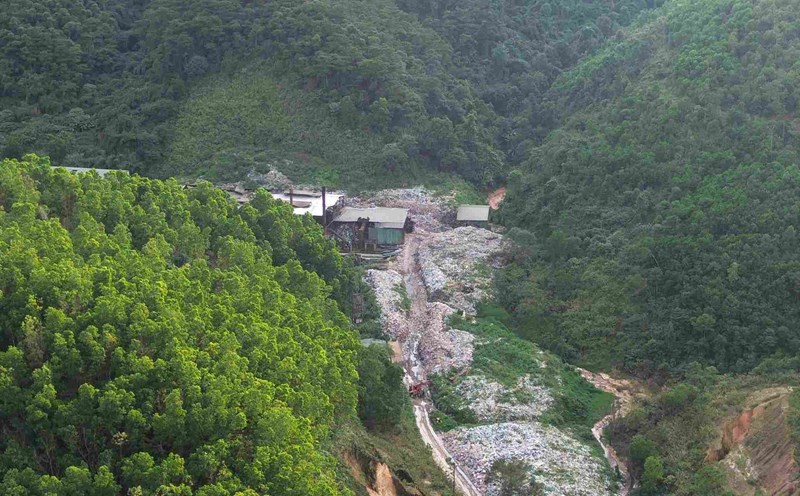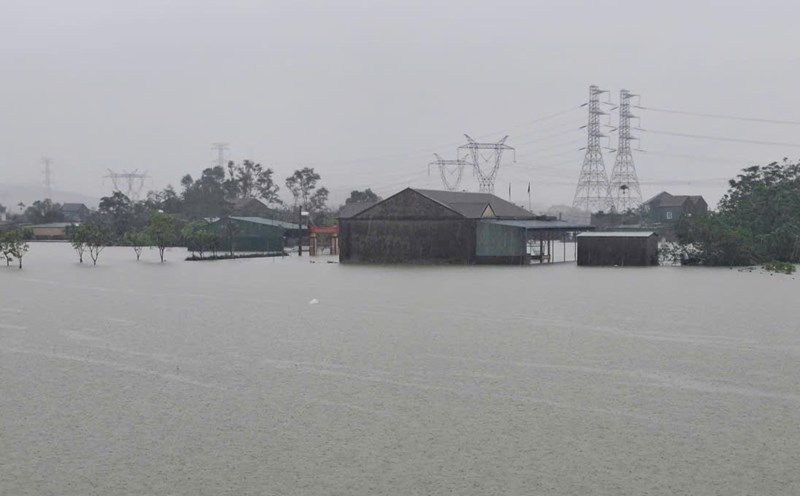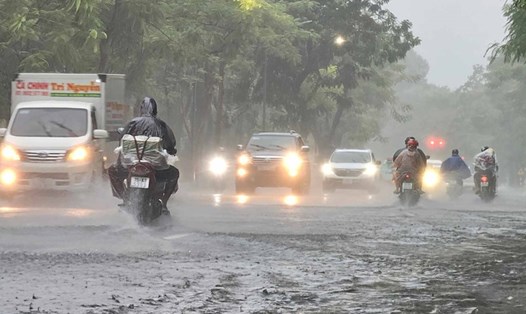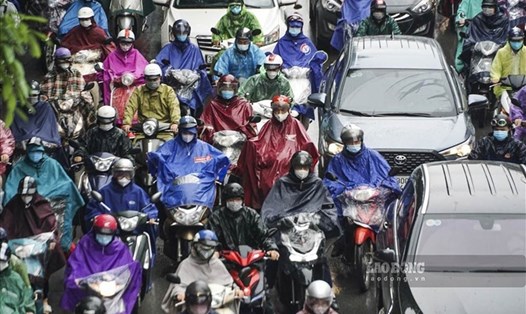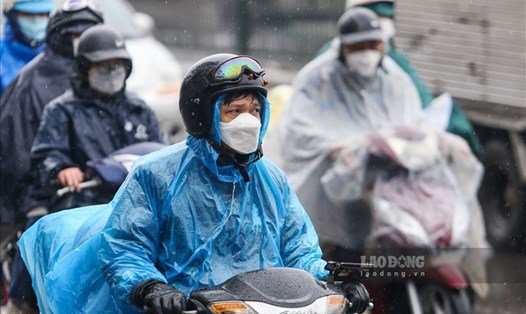According to the National Center for Hydro-Meteorological Forecasting, cold air has affected the Northeast region, most of the North Central region and some places in the Northwest region. In the Northern region and Thanh Hoa, there was rain.
On November 1, the cold air continues to be strengthened, expanding to affect other places in the Northwest, then affecting the Central Central region. On land, the northeast wind is strong at level 2-3, coastal areas are strong at level 3.
Due to the influence of cold air combined with disturbances in the easterly wind zone, there will be rain in many places in the Northern region, Thanh Hoa and Northern Nghe An.
The North and North Central regions are cold, some mountainous areas of the North are cold. The lowest temperature in this cold air mass is generally from 18 - 21 degrees Celsius, in the mountainous areas of the North, some places are below 17 degrees Celsius.
The meteorological agency has forecasted the temperature for the next 2 days in detail.
On November 1, the Northern and North Central regions will have the lowest temperature generally 18 - 21 degrees Celsius, mountainous areas below 17 degrees Celsius; average temperature 20 - 22 degrees Celsius, mountainous areas below 20 degrees Celsius.
On the night of November 1 and November 2, the North and North Central regions will have the lowest temperature commonly 18 - 21 degrees Celsius, in mountainous areas below 17 degrees Celsius; the average temperature is 21 - 23 degrees Celsius, in mountainous areas below 21 degrees Celsius.
The Hanoi area will have rain and cold weather. The lowest temperature in this cold air mass is generally 19 - 21 degrees Celsius.
The area from South Nghe An to Quang Ngai will have heavy to very heavy rain and thunderstorms due to the influence of the strengthening cold air combined with disturbances in the high-altitude East wind zone.
Thunderstorms accompanied by tornadoes, lightning, hail and strong gusts of wind can affect agricultural production, break trees, damage houses, traffic works and infrastructure.
Heavy rain is likely to cause flooding in low-lying areas; flash floods on small rivers and streams, landslides on steep slopes; heavy rain in a short period of time causes flooding in urban areas and industrial parks.

